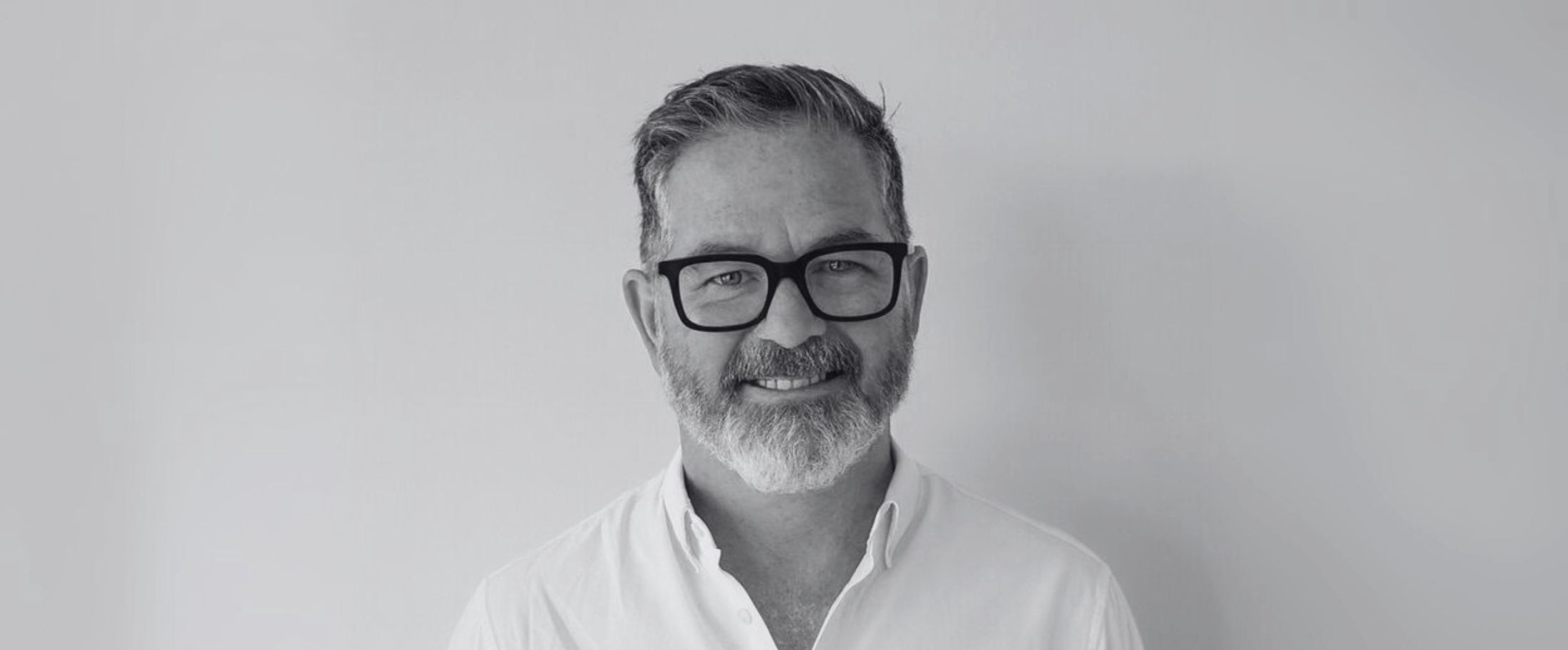
Liyana Hidhir with LBBO: Stupidly Smart


Voices
| AdForum
Alan Bell of MullenLowe on the shift from consumer insights to cultural relevance, and how briefs are evolving to meet that challenge
As audiences grow more skeptical of traditional messaging, brands are being challenged to embed themselves authentically in cultural conversations. Alan Bell explains how this evolution is reshaping the way briefs are built, teams are structured, and campaigns are delivered.
Consumers, especially younger generations, are increasingly disillusioned with mainstream media and are very skeptical of institutions, companies, and brands telling them what to think or how to feel. Word of mouth has always been the most powerful form of advertising, and today’s social platforms amplify that at scale.
As a result, brands are seeking ways to show up authentically within existing conversations, rather than interrupting them. The key shift in our briefs is from consumer insight to cultural insight. Understanding the conversations people are already having and identifying a role where the brand can meaningfully contribute.
We’re moving from a relay race where the baton is passed from one hand to the next, to something more like a rolling maul, where roles blur and progress depends on trust, alignment, and collective momentum. Where thoughts are shared and built upon in real time. Teams are more fluid, and defined roles matter a lot less than shared purpose. Chemistry and trust have become the essential enablers.
The underlying plumbing in most agencies and brand teams needs an overhaul. We need a continuous flow of live data and social listening into the team, not just as reporting, but as fuel for insight and iteration. It’s not just about the tools; it’s about the mindset: agile, collaborative, and open to change. The strongest briefs today are built to evolve and stay rooted in a clear idea, but flexible enough to respond to real-world signals as they unfold.
Over the past decade, we’ve become almost overwhelmed by data and by the obsession with inputs, which has often slowed down decision-making. AI and automation help us cut through the noise: synthesizing inputs in real time, rapidly prototyping and stress-testing ideas, and freeing us up to focus on what matters most, ideas that resonate.
Looking ahead, I see the lines between client and agency continuing to blur. We’ll see more hybrid teams who instinctively know what needs to be done and just do it rather than waiting to be briefed.
{"fill_in_all_required_fields":"Please fill in all required fields.","enter_valid_email":"Please enter valid email address.","something_went_wrong":"Something went wrong. Please refresh the page and try again.","submitting_no_longer_accepted":"Form submissions are no longer accepted. Please try again later.","token_has_expired":"This form has expired. Please refresh and try again.","must_agree_to_data_collection":"You must agree to our data collection terms to submit this form.","problem_with_submitted_data":"There was a problem with your form data. Please review your information and try again.","checkbox_icon_description":"checked checkbox","registration_successful":"Registration successful","thank_you_for_registering":"Thank you for registering for the report. You can now download the report.","download_report":"Download the Report"}